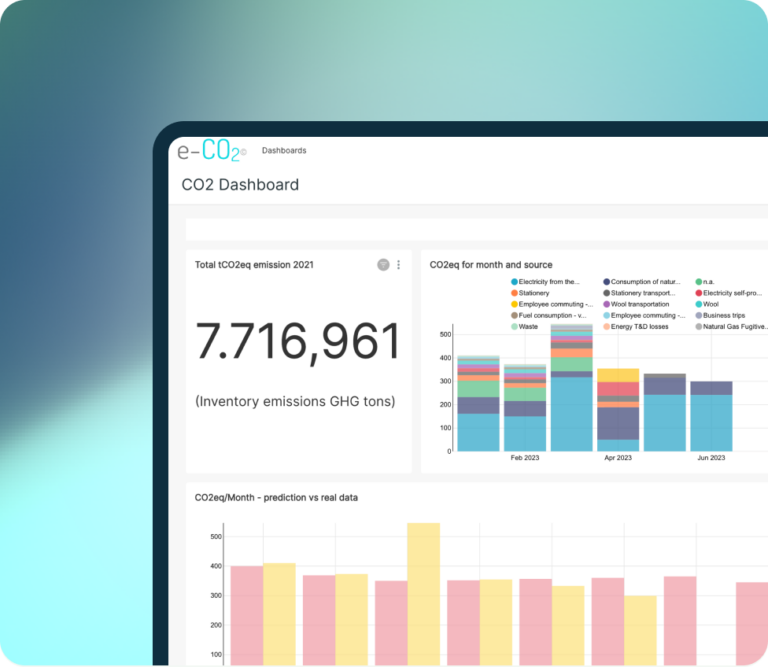GRI Launches Two New Standards on Climate and Energy

Condividi questo post
Stronger, Clearer, and More Inclusive ESG Reporting
Public consultation open until July 13 – what companies need to know and how to prepare
The Global Reporting Initiative (GRI), a leading authority in sustainability reporting, has officially released two new draft standards that will reshape how businesses disclose and manage their climate and energy performance:
🔵 GRI 102: Climate Change 2025
🔵 GRI 103: Energy 2025
Open for public consultation until July 13, 2025, these standards raise the bar for climate-related disclosures, introducing new elements such as just transition, climate adaptation plans, greenhouse gas removal, and the use of carbon credits.
Review the drafts here: GRI Consultation Page
Why these updates matter for your company
Developed by the Global Sustainability Standards Board (GSSB), GRI’s independent standard-setting body, these updated frameworks are a critical step forward in climate and energy disclosure.
Here’s what’s new:
GRI 102: Climate Change 2025
Mandatory disclosure of transition and adaptation plans
Clear reporting on GHG reduction targets, including long-term objectives
Inclusion of CO₂ removal strategies, offsets, and carbon credit mechanisms
Emphasis on social impacts and the just transition
GRI 103: Energy 2025
More granular data on energy consumption by source
Requirement to distinguish between purchased, self-generated, and renewable energy
Direct linkage to Scope 1, 2, and 3 emissions
New indicators to assess energy efficiency and contributions to the energy transition
GRI, CSRD, ISSB: A global convergence in sustainability reporting
These new standards arrive at a key moment when major global frameworks—CSRD/ESRS (EU), ISSB (IFRS Foundation), and SEC (US)—are aligning toward a unified language of ESG.
GRI 102 and 103 are designed to be interoperable, reducing the compliance burden for multinational companies while reinforcing transparency and accountability.
How to prepare: data quality, integration, and strategic alignment
With the growing complexity of ESG reporting, companies must:
Adopt real-time metrics and dashboards
Align climate strategy and governance
Implement digital, cross-functional systems that connect ESG data to operational decisions
At ecosostenibile.eu®, an Italian benefit company specialized in ESG and climate performance, we are actively updating our eCO₂ platform to support the new GRI standards.
Christian Sansoni



